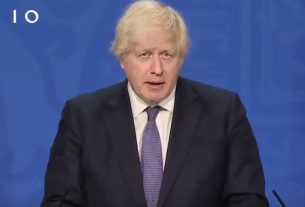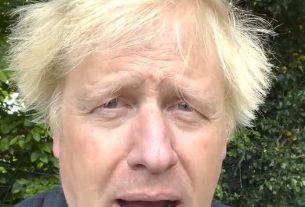In a surprising shift, the latest Iowa Poll shows Vice President Kamala Harris leading former President Donald Trump by a slim margin among likely voters in Iowa. Conducted by the Des Moines Register and Mediacom, the poll gives Harris a 47% to 44% edge over Trump, a difference that falls within the 3.4-point margin of error, suggesting a tight race. This development marks a shift from previous expectations, as Iowa has generally leaned towards the GOP in recent election cycles and was considered relatively secure for Trump in 2024.
Comparing this poll to the Iowa Poll from September, where Trump held a narrow lead with 47% to Harris’s 43%, highlights the momentum Harris has gained. The change is notable in a state where there has been minimal polling this cycle, making these new insights particularly significant. Iowa’s recent electoral history includes backing Barack Obama in 2008 and 2012, followed by Trump in 2016 and 2020, reflecting a state that can swing between parties but had shown increased support for Trump in recent years.
This poll reveals demographic splits that may be influencing Harris’s lead. For instance, Harris has substantial support among women in Iowa, with 56% favoring her compared to 36% for Trump. Men, however, lean towards Trump, supporting him by a narrower 52% to 38% margin. Independent voters, who previously leaned toward Trump, have now shifted to support Harris by a margin of 46% to 39%. This switch among independents could be crucial in determining the outcome, as they often play a decisive role in close races.
Older voters, particularly those aged 65 and above, show strong support for Harris, with 55% backing her compared to 36% for Trump. Meanwhile, younger voters under 35 are evenly split, with 46% supporting Harris and 44% supporting Trump. These findings suggest that Harris’s appeal is resonating across diverse age groups, particularly among seniors, who are typically a more reliable voting demographic.
The poll also indicates that 91% of likely voters in Iowa have made up their minds about their choice, leaving only 7% who say they might still be persuaded and 2% who are undecided. This high rate of decision-making suggests that there may be limited room for substantial swings in voter support as Election Day nears.
Conducted by Selzer & Co., the Iowa Poll took place from October 28-31 and surveyed 808 likely Iowa voters by phone. While the results highlight a close race with no clear frontrunner, they underscore the dynamic nature of this year’s election in a state that has been pivotal for both parties in past election cycles. With Election Day approaching, both campaigns will likely focus on solidifying their bases and swaying the remaining undecided and persuadable voters in Iowa.




